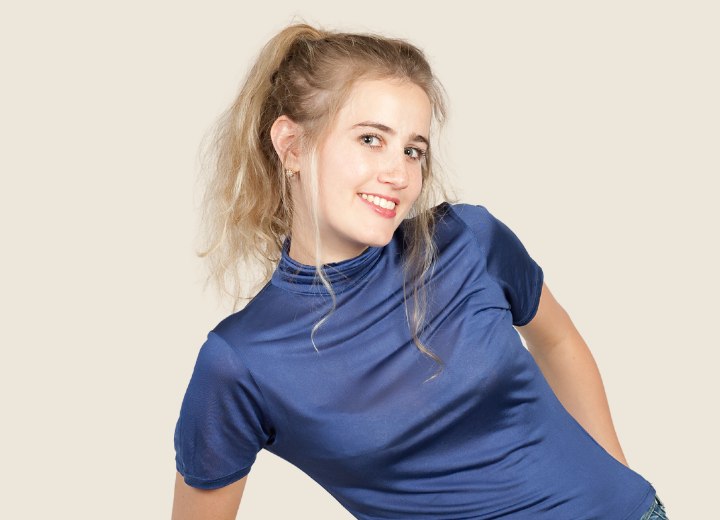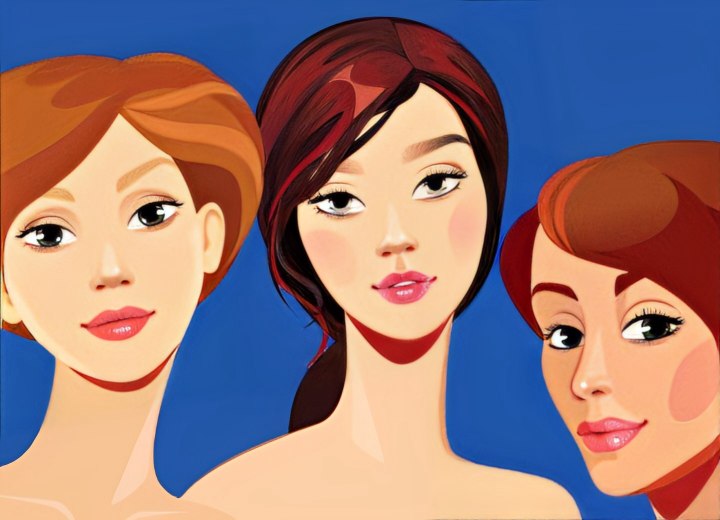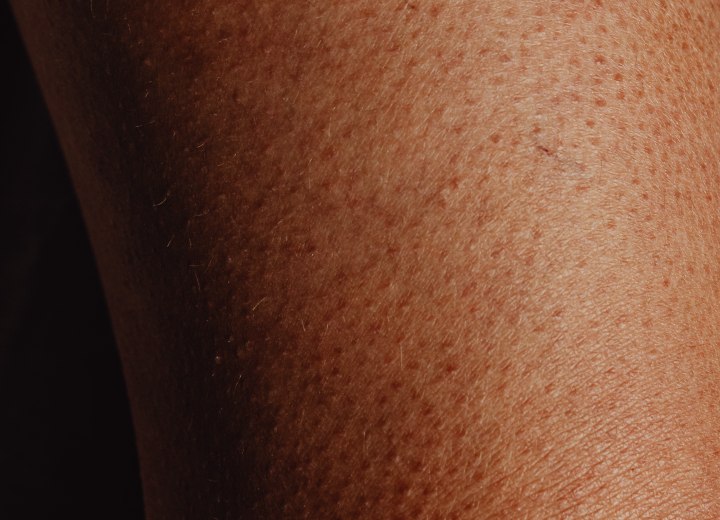Facts about Human Hair

Absorbing: Hair in good condition can absorb up to 30% of its own weight in water. When the hair has been weakened (damaged), this percentage can increase to 45%. Hair can absorb oil out of water and has been used to soak up oil spills.
Chemotherapy: Chemotherapy drugs are toxic compounds that target rapidly growing cells. Chemotherapy also kills certain cells that divide more rapidly, such as hair follicles. This causes hair loss. Hair will grow back after chemotherapy, and the new hair may be just like the old hair, or it may be straighter, curlier, thicker, or a different color.
Dead: Hair is dead tissue. The only part of hair that is not dead is within the scalp. Hair is made of protein that originates from the hair follicle. When the cells mature, they fill up with a protein called keratin. The cells lose their nuclei and die as they travel up the hair follicle.
Diameter: The diameter of a hair does not have a standard value since different people have different hair. Your genetic makeup determines whether you have thick or thin hair. The diameter of a human hair ranges from 0.017 to 0.18 mm (0.00067 to 0.00709 inches). In general, women’s hair is half the diameter of men’s hair. As the weather gets warmer, the diameter of hair increases. Hair becomes thicker and stronger as you age, and the closer to the root, the thicker a strand of hair will be.

Fetus: The first identifiable hair follicles appear on the fetus in about 9 weeks. All of the hair follicles you have and that you will ever have developed when you were a fetus in 4 to 5 months. A 9-month fetus normally has all the hair follicles that will ever develop in that person.
Follicles: The human body has approximately 5 million hair follicles. This number takes into account all the hair on various parts of the body.
Food: L-cysteine is an amino acid added to many baked goods to speed up industrial processing. L-cysteine can be found in cow horns, duck and chicken feathers, and petroleum byproducts, but most of it is extracted from human hair.
Gender: The gender of the person a hair came from cannot be determined unless there is nuclear DNA (nDNA) evidence such as the root. Hair is divided into two parts: the shaft, which is what you see above the surface of the skin, and the root, which is below the skin. For DNA testing to be successful, hairs must be plucked or torn from the scalp, with the root attached.
Gold: Hair strands can contain 14 different elements, including zinc, copper, manganese, and … gold.

Growth: Hair at the crown of the head grows on average 1.25 cm or 0.5 inches per month. It is the fastest-growing tissue on the human body. The rate of growth varies among people. Typically, Asian hair grows the fastest and African hair grows the slowest. On average, a person grows 949.5 kilometers or 590 miles of hair during her/his lifetime.
Guys: 65% of men never style their hair or only style it on special occasions. 68% of guys own a hairstyling product and 93% of guys claim to feel more confident when they style their hair. Over a third admit they avoid styling because they are worried their friends will judge them for putting in too much effort. Source: AXE Hair and an Edelman Intelligence Survey (April 6-17, 2016).
Hairstyles: A study by Fabriah.com found that an average British woman changes her hairstyle 36 times in a lifetime. Only 6% stick to the same hairstyle for life. 41% change their hairstyle every two years and 19% change it every year. Shoulder-length is the most popular length (41%). 22% prefer long hair, 25% prefer chin-length, and 6% prefer short hair.
Continue reading ...